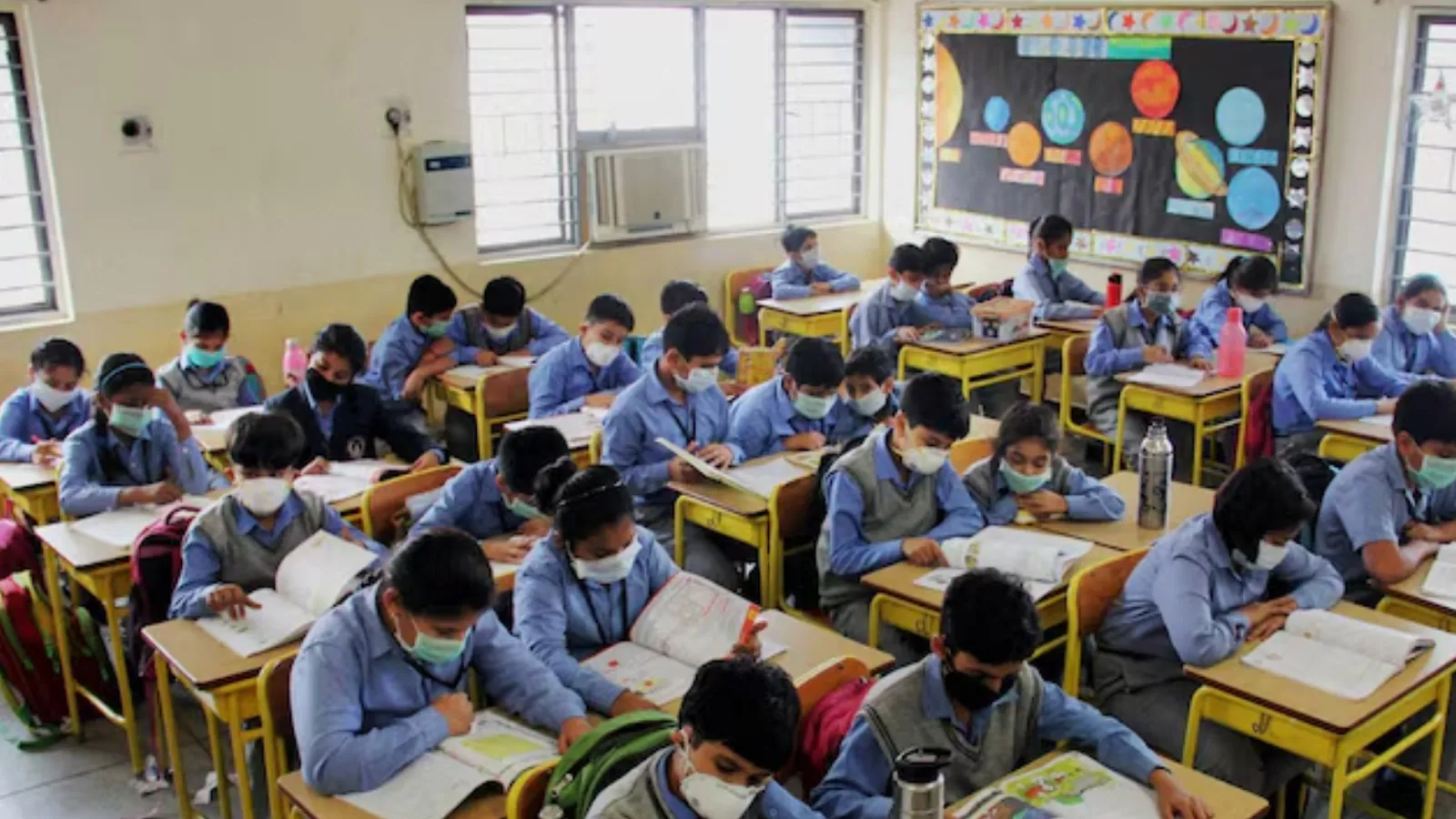By News18
Amid a fresh wave of debate over language policies in school education, Karnataka Chief Minister Siddaramaiah on Tuesday firmly reiterated his government’s stand in favour of a two-language formula. “We are for the two-language policy. My government is committed to it,” he told reporters in Mysuru.
His comments come just days after Maharashtra decided to pause the implementation of the three-language policy in primary schools, signaling growing pushback among states against the Centre’s language recommendations.
When the three-language formula was introduced in 1968, Tamil Nadu rejected it, viewing it as an effort to impose Hindi. Under Chief Minister C.N. Annadurai, the state opted for a two-language policy—Tamil and English.
Now, with Karnataka and Maharashtra joining the chorus, the spotlight is back on a fundamental question: What exactly does the Centre’s three-language policy propose, and how much freedom do states actually have when it comes to language in education? Let’s break it down.
What Do Central Rules Say On The Three-Language Policy?
The three-language formula was introduced by the National Education Policy (NEP) 1968, and later reaffirmed in NEP 1986 and NEP 2020. It is a guiding framework, not a legally binding mandate.
Key Principles:
In Hindi-speaking states: The three languages taught should be Hindi, English, and a modern Indian language (preferably from the South).
In non-Hindi-speaking states: The recommended languages are the regional language, Hindi, and English.
In NEP 2020, the Centre clarified:
– No language will be imposed on any state, region, or individual.
– The three-language policy aims to promote multilingualism, national unity, and access to global opportunities.
– At least two of the three languages must be native to India.
The Centre’s goal is to strike a balance between national integration and linguistic diversity, but the implementation is left to the discretion of states.
ALSO READ: After Maharashtra U-Turn, Karnataka CM Says State Will Stick To Two-Language Formula In Schools
What Powers Do States Have Over Language Policy?
Education is placed under the Concurrent List of the Indian Constitution. This means both the Centre and the states can make laws related to education, including language policy in schools.
Constitutional Provisions:
– Article 350A: Directs states to provide primary education in the mother tongue for children from linguistic minority groups.
– States are not legally bound to implement the three-language formula.
– States like Tamil Nadu, Karnataka, and Maharashtra have exercised their constitutional rights to stick to a two-language policy, typically including the regional language and English.
This legal autonomy gives states the power to accept, modify, or reject central education policies based on regional priorities and cultural sensitivities.
The Broader Debate: Inclusion Or Imposition?
Supporters of the Three-Language Formula argue:
– It promotes multilingualism and cultural exchange.
– Helps in national integration while giving students a competitive edge.
– Expands job mobility across states.
Critics, especially in southern and non-Hindi-speaking states, argue:
– It amounts to indirect Hindi imposition.
– Creates academic burden and logistical challenges in terms of resources and trained teachers.
– Undermines linguistic federalism, where language is central to state identity.
As the three-language policy continues to spark discussion, the divide between central intent and state implementation becomes clearer. While the Centre encourages linguistic diversity and unity through the policy, states like Karnataka, Maharashtra, and Tamil Nadu continue to assert their constitutional right to shape their own education frameworks.
